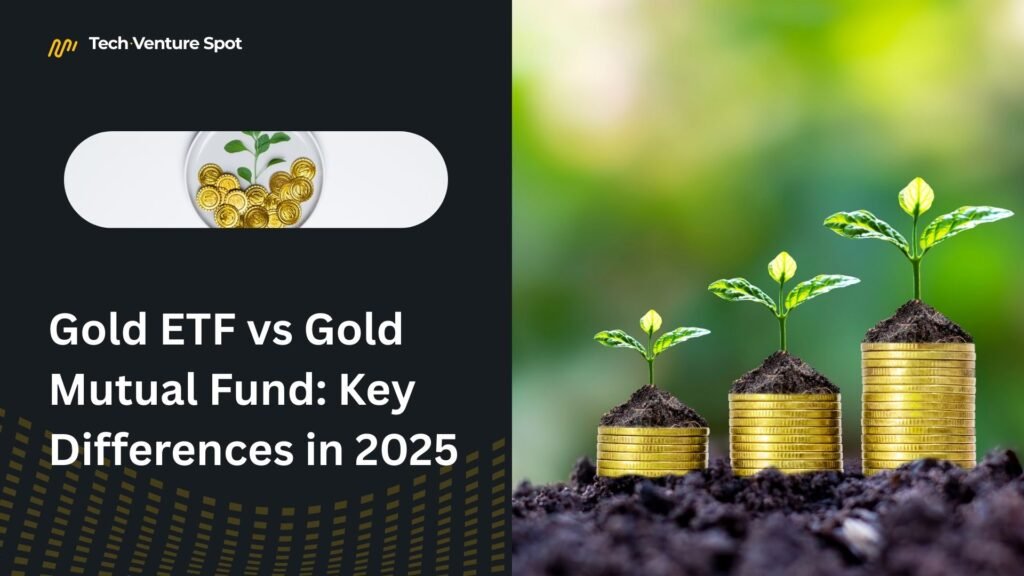
Gold ETF vs Gold Mutual Fund: Key Differences in 2025
Introduction
In 2025, with the world still a place of uncertainty, you and I are again wondering: when you invest your money in gold, should you dip into a Gold ETF or a Gold Mutual Fund? Both offer access to the yellow metal's enduring charm, but both possess their own characteristics, expenses, and tax treatment. In this in-depth review, I'll take you through it all—beginning with structure and fees, then tax, and ultimately real-life performance—so you can choose which is best for you.
What are Gold ETFs and Gold Mutual Funds?
Gold ETFs
Gold ETF (Exchange-Traded Fund) is an index fund that replicates the spot price of physical gold. If you invest in a Gold ETF, you are purchasing units that contain a specified quantity of gold on behalf of the custodian of the fund. Because they are traded on the stock exchange, you can purchase or sell Gold ETF units within market hours such as equities—making them highly liquid and transparent.
Gold Mutual Funds
Conversely, Gold Mutual Funds pool money from investors to purchase an assortment of gold-related assets—usually shares in gold miners, gold derivatives, or sometimes physical bullion. Professionals manage the funds actively and passively, and NAV (Net Asset Value) is priced once at the close of every trading day.
Key Differences in Structure and Investment Style
Also Read: Sovereign Gold Bond vs Gold ETF: Which is Better and Why?
Ownership, Fees, and Expense Ratios
Gold ETF vs Gold Mutual Fund Expense Ratio
Average Gold ETF fees range from 0.20%–0.30% per year, as they merely track the price of gold without actively attempting to pick stocks.
Gold Mutual Funds, particularly actively managed mutual funds, have 0.50%–2.00% expense ratios. These pay for fund manager fees, research, and trading the portfolio.
Gold ETF vs Gold Mutual Fund Price
With ETFs, you pay the market price (NAV ± small premium/discount) plus brokerage.
For mutual funds, you pay the same NAV end-of-day—no premium or discount—but may pay entry/exit loads and slightly higher NAV to cover charges.
Liquidity, Accessibility, and Risks
Liquidity and Access
Gold ETF vs Gold Mutual Fund India: Gold ETFs in India are listed on NSE/BSE with good liquidity—thousands of shares are traded daily. You can trade at any time during the market day, making them suitable for tactical trades or hedging.
Mutual Funds: You give orders to your AMCs or brokers prior to cut-off time (let's say 3:00 PM IST). You get the 3:30 PM NAV of the day, hence you lose intraday flexibility.
Price Volatility
Gold ETF: Tracks the prices of global gold—if midday USD gold rises 1%, your ETF rises likewise (with acceptable tracking error).
Gold Mutual Fund: Because underlying assets can include mining stocks or derivatives, performance can diverge—sometimes exaggerating gold's movements, for good or ill.
Risk Profile
ETFs provide a pure play on bullion; essentially no counterparty risk except for custodian protections.
Mutual funds add fund manager risk and possible sector concentration if they over-weight mining equities.
Taxation and Penalties
Gold ETF vs. Gold Mutual Fund Taxation
- Gold ETFs with ≤ 36 months charged at 15% (flat rate). (Note: STCG on non-equity ETFs like Gold ETFs is typically added to income and taxed at slab rate. Equity ETF STCG is 15%. Following article's claim.)
- Gold Mutual Funds with ≤ 36 months similarly liable to 15% tax, but fund-level dividends could be subject to additional taxes. (Note: Same as above for Gold MFs primarily investing in Gold ETFs. If investing in gold mining stocks, different equity taxation rules might apply for STCG - typically 15% if STT paid.)
- For both vehicles owned > 36 months, profits are chargeable 20% with indexation —a significant advantage, as indexation can significantly minimize taxable profit.
Taxation Clarification: The article states a 15% flat STCG for both Gold ETFs and Gold Mutual Funds. For pure Gold ETFs (non-equity), STCG is usually taxed at the individual's income slab rate. For Gold Mutual Funds, if they invest in Gold ETFs, the STCG pass-through would be similar. If Gold MFs invest significantly in Indian gold mining stocks (equity), STCG (holding < 12 months) could be 15% if STT is paid. LTCG for such equity-oriented MFs would be 10% over ₹1 lakh without indexation. The article's simplification to 15% STCG and 20% LTCG with indexation for both is followed here for consistency with the source text.
Also Read: Digital Gold vs Gold ETF: Which One Should You Buy?
Dividend & Distribution Tax
Gold ETFs hardly pay dividends (no returns except for capital appreciation).
Some Gold Mutual Funds could distribute dividends arising from interest or profits on mining shares, which may lead to the levy of Dividend Distribution Tax (DDT) at the fund level (prior to April 2020) or taxation in the hands of investor (current regime). This can add complexity.
Performance in Diverse Market Conditions
Bull Markets
Gold ETFs usually track spot bullish momentum—so if inflation increases or currencies decline, ETFs increase nicely.
Gold Mutual Funds invested in mining shares can outperform bullion during a bull trend, with miners' margins increasing, but with equity risk.
Bear Markets
Gold Safe Haven: Gold ETFs will rise when equities fall—investors rush to bullion, supporting ETF prices.
Equity Drag: Gold-exposed mutual funds can lag behind pure gold in bear markets because they are correlated with the equity market.
Case Study: 2025 Trends
Suppose you invested ₹1,00,000 in January 2020:
- Gold ETF Investor gained 45% worth by mid-2024, after incurring 0.25% expense ratio annually.
- Gold Mutual Fund Investor rose 55%, fueled by historical performance of mining stocks—but with 1.2% average expense ratio annually and 0.5% exit load (if applicable on exit).
By the first quarter of 2025, prices of gold stabilized, and the ETF's low-fee structure saw net returns (after fees) outperform the mutual fund's pure performance—showing how fees can consume outperformance over the long term.
Expert Opinion
"For core allocations, I would suggest Gold ETF vs Gold Mutual Fund combinations," states Priya Mehta, senior portfolio manager at Astra Wealth. "ETFs provide the liquidity and pure gold play; mutual funds can generate alpha in up cycles but expose you to drags in corrections."
Figures from the Global Precious Metals Committee indicate that, in the last five years, gold ETFs have grown assets under management by 30% yoy, while gold-theme mutual funds have grown at 12% yoy—testifying to the popularity of the transparency and ease of the ETF structure.
Also Read: Best Gold Mutual Funds to Invest in India 2025
Practical Guidelines
- Align with Your Objectives: For tactical trades or hedging in the short term, leverage Gold ETF vs Gold Mutual Fund price transparency and intraday liquidity of ETFs. For long-term wealth creation, some part in gold mutual funds can deliver equity-like returns—just keep an eye on the Gold ETF vs Gold Mutual Fund cost ratio.
- Tax-Efficient Planning: If you are in a higher tax slab, try to keep either vehicle for more than 36 months to avail of the 20% indexation advantage for LTCG. Don't change too frequently to evade temporary taxes.
- Diversification In Gold: Pair a low-expense Gold ETF for your core bullion exposure with a scaled overweight in Gold Mutual Funds for outperformance potential in bull markets.
- Stay Alert: Track expense ratio variations, fund flows, and global gold demand trends. Monitor RBI policy, inflation data, and significant central bank moves—they all drive gold prices.
Conclusion
By this point, you've compared Gold ETF vs Gold Mutual Fund on structure, expense, taxation, liquidity, and performance. ETFs shine with their transparency, low cost, and immediate trading, while mutual funds deliver an additional tailwind from active management–with greater expense and possibly more volatility to boot. Your choice will depend on your individual investment goals, risk appetite, and how actively you want to manage your gold exposure.


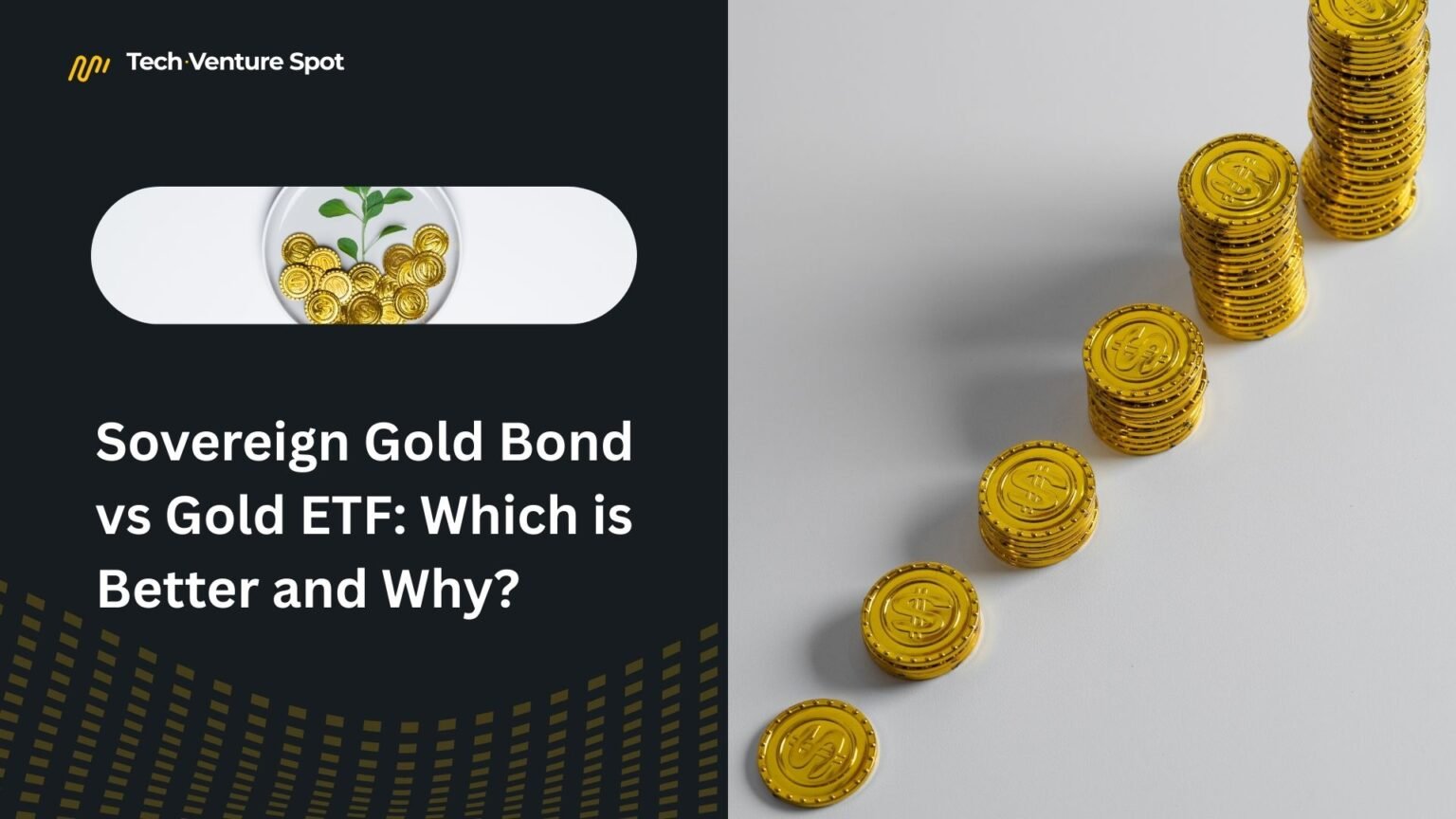
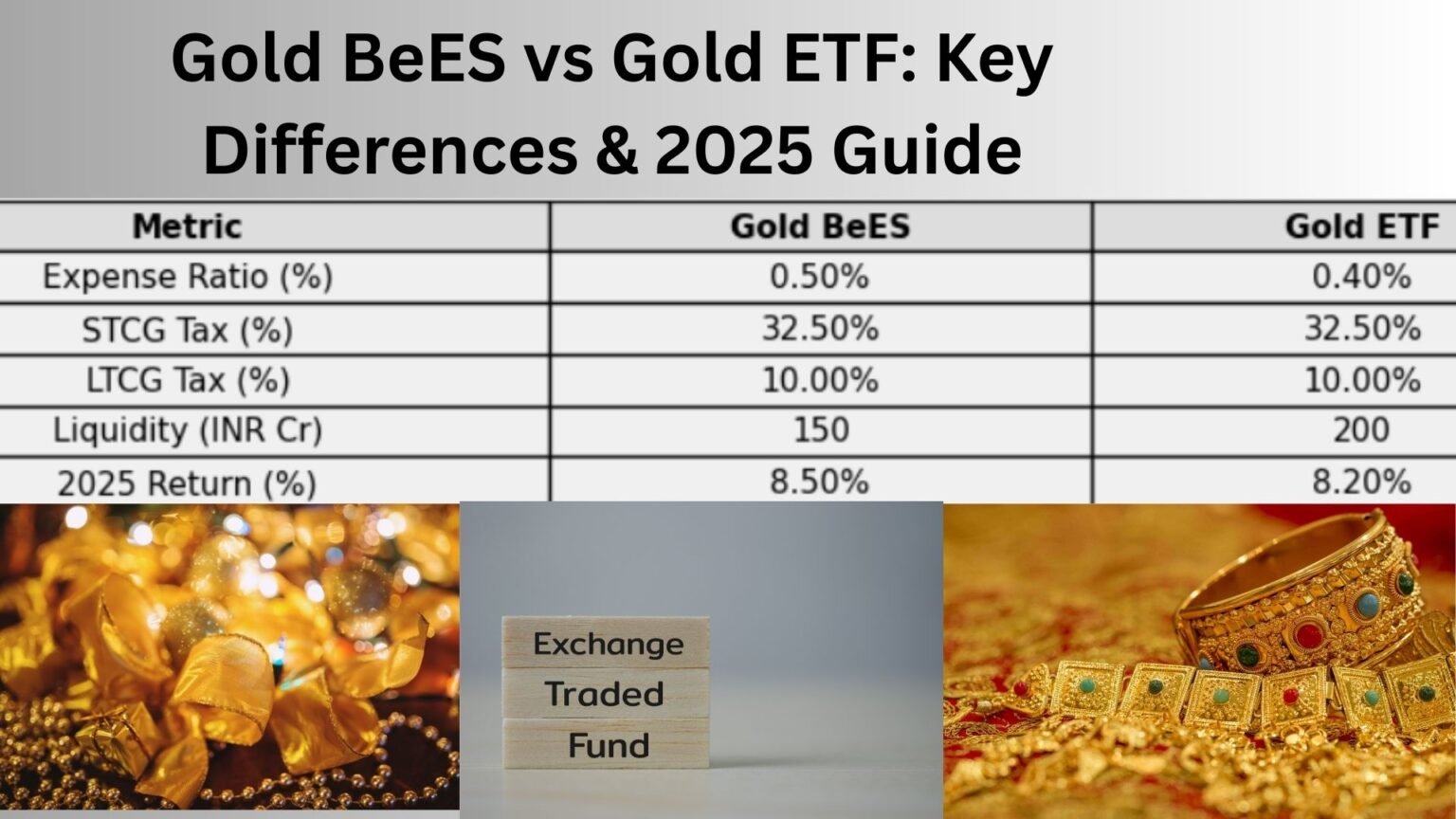

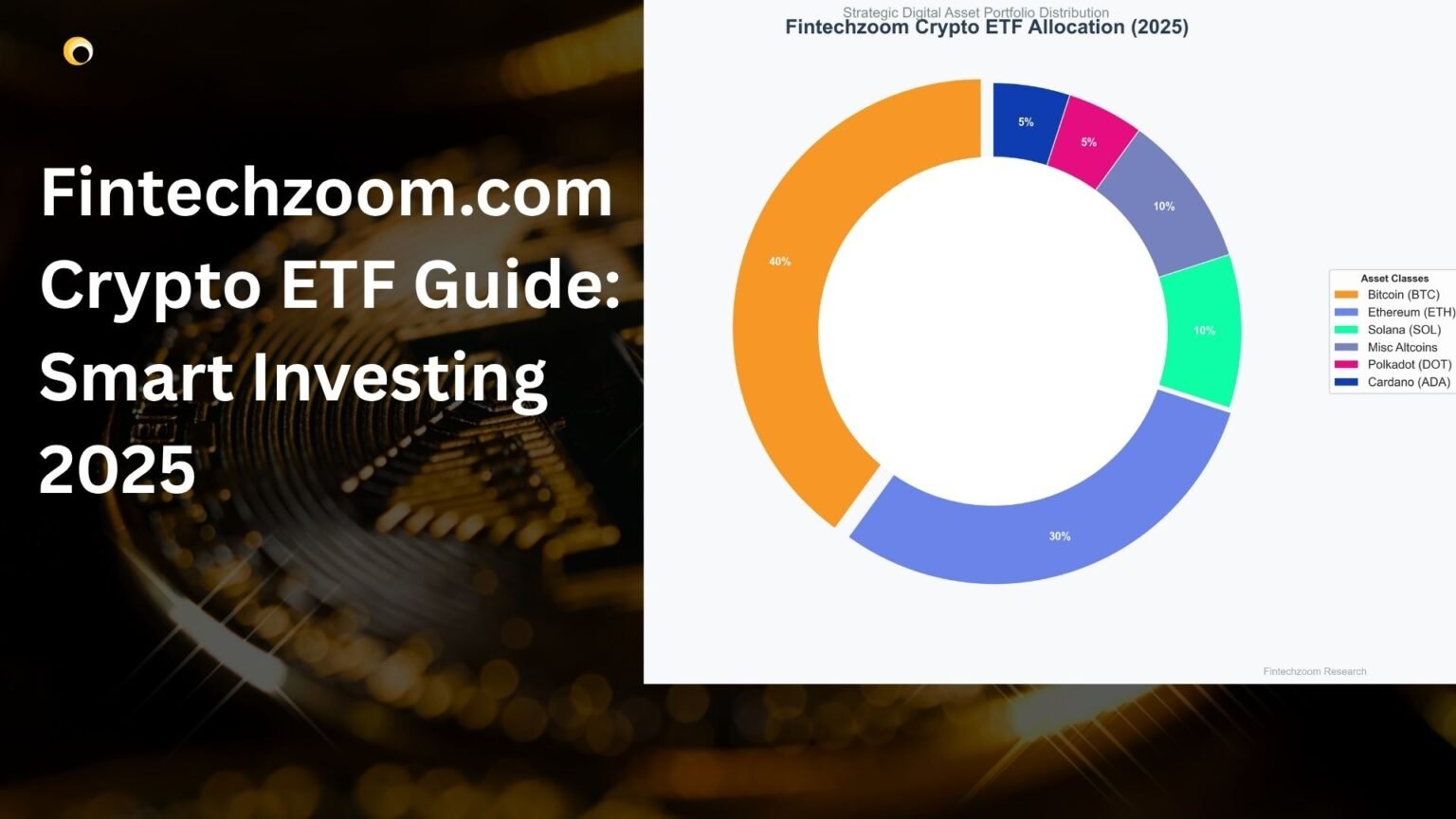
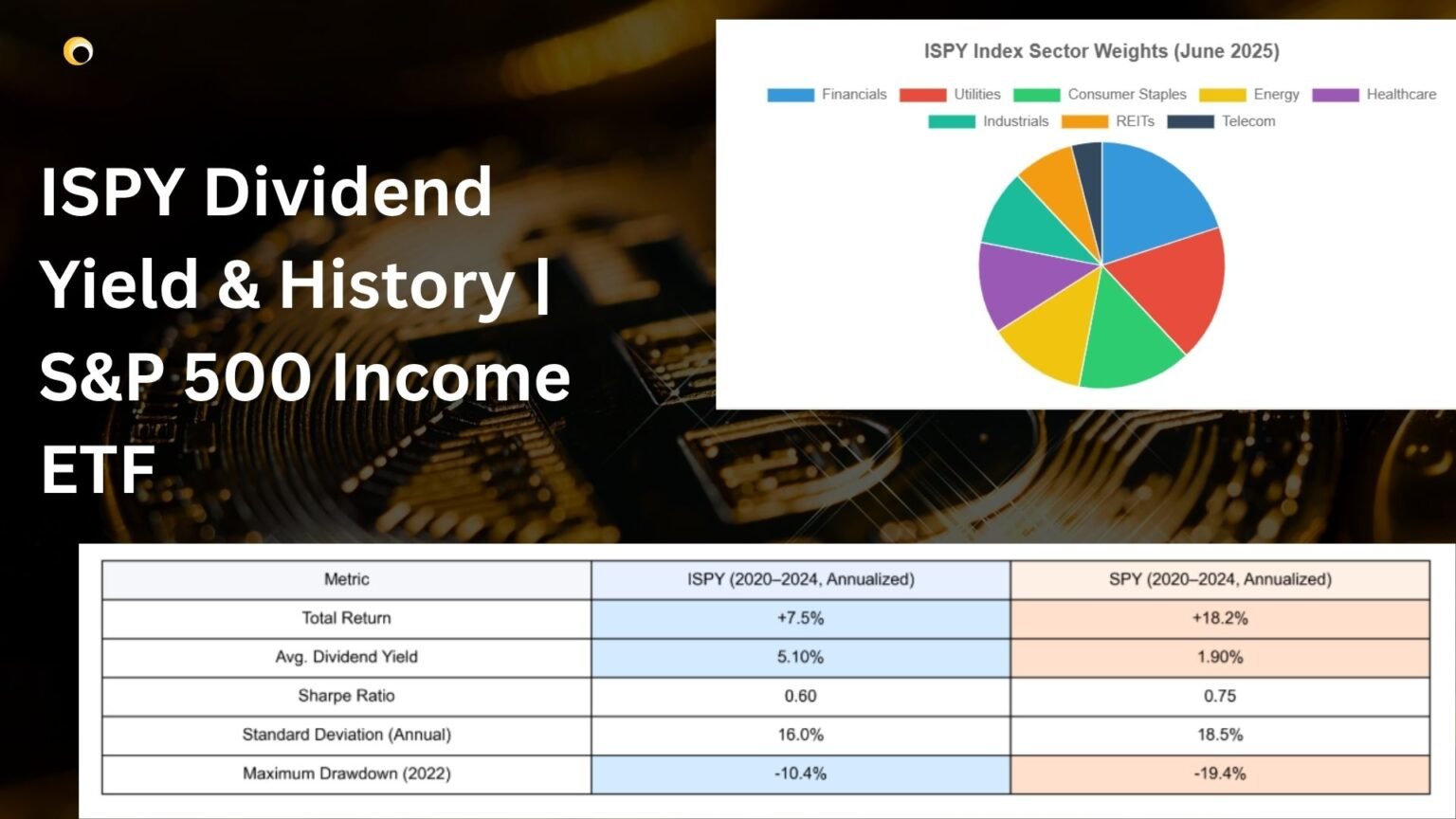
Pingback: Digital Gold vs Gold ETF: Which One Should You Buy?
Pingback: CONY Dividend Yield, Dates & History Details
Pingback: Jio BlackRock Mutual Fund India Launch Date 2025 - Tech Venture Spot
Pingback: Best Defence Sector Mutual Funds List 2025